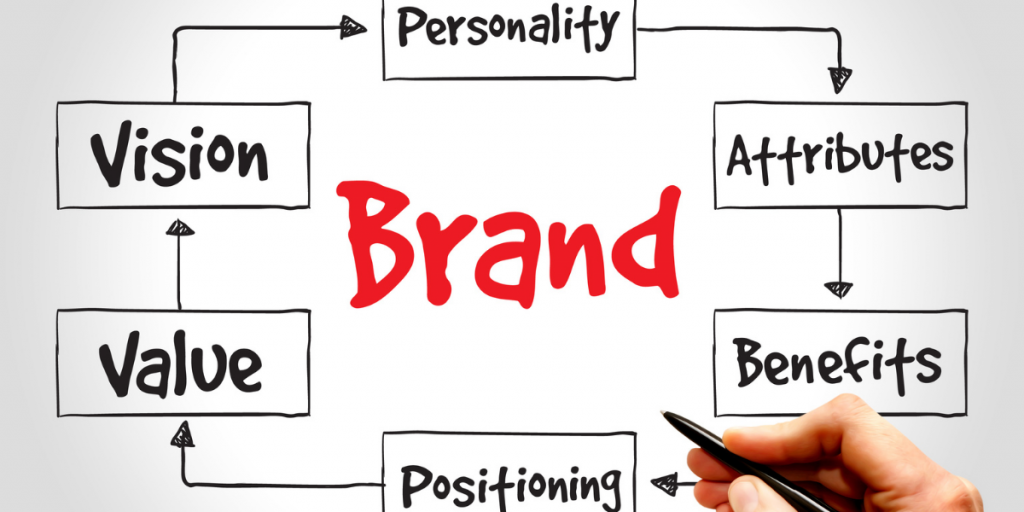Top 5 Digital Communication Trends for 2022

As we enter the pandemic’s junior year, digital communication continues to grow in usage and importance.
With the population staying home and relying on technology for connection to the outside world, companies–many who have never considered a digital presence–are pushed to adopt new customer experiences that will help them reach and connect with their audience.
Here’s a truth everyone knows, yet no one likes talking about: It doesn’t matter how much your product costs. Customer loyalty is not defined by price or even quality. Customer loyalty is defined instead by the experience consumers have.
In this post, we discuss five big digital communication trends that are shaping customer experience in 2022.
Trend #1: Increased Technology Literacy

COVID-19 broke down technology barriers to different age groups like nothing before. According to a recent report, in 2021, there was a 20% year-over-year increase in daily time spent on mobile phones per user (reaching an average of 4.2 hours a day). Baby Boomers spent 30% more time year-over-year on their most-used apps.
And it’s no wonder: The pandemic has changed even the way we order at restaurants (when we’re able to dine at one) by taking away paper menus and replacing them with mobile QR codes. We’re also seeing an increase in voice commands (e.g., Siri, Alexa, Google Assistant), wearable technology, and chatbot usage across all age groups. Customers are consuming content differently–and that means companies are reconsidering the entire customer experience.
At a minimum, with people spending more time on their phones, companies must not only consider increasing their mobile presence but making that mobile experience as smooth as possible (e.g., eliminating clunky app experiences, etc.). Additionally, the more tech-savvy users become, the more selective they are about how they like to engage online and the higher their expectations become when it comes to engagement.
Trend #2: Hyper-personalization
Hyper-personalization is one of the biggest buzzwords in the industry right now, and it’s not going to go away any time soon. In fact, we’ve been trending toward it for several years: The idea that one-size-fits-all marketing doesn’t work for consumers, who are looking for a targeted, individual experience that appeals to their unique needs and desires. Hyper-personalization takes that notion and merges it with collected real-time data to provide customers with products, services, and content that are relevant to them. This gives companies the opportunity to build deeper, more meaningful connections with customers, one at a time.

Of course, there’s a balance brands and companies must recognize as they seek to engage in hyper-personalized marketing. How can you safely harness user data to create personalized user experiences without overstepping and alienating your audience? In a recent report, it was found that 79% of consumers believe companies know too much about them, yet 90% are willing to share behavioral data for a better brand experience. What this tells us: If you want to send the right message to the right person at the right time, you’re going to need to be discriminating in the methods you employ to get that message out. Look at your data make informed, strategic decisions.
Trend #3: Mobile-First Growth Meets Multi-Device Strategy

Recent data tells us that two-thirds (approximately 85%) of the world’s population uses a mobile phone. That’s 5.2 billion people aged 13 and above. But while mobile phones account for about 53% of the time people spend online, this data also tells us that mobile phones are just one part of the many devices that keep us connected.
Two-thirds of mobile phone users also use a laptop or desktop computer to access the internet. This population can be segmented further by age group: Baby Boomers prefer, and are far more likely, to access the internet via a computer or tablet. (In total, mobile devices account for less than 50% of total internet time for consumers aged 45+.)
The takeaway? While mobile-first growth can’t be ignored, a multi-device strategy must be part of a company’s successful marketing strategy in order to maximize customer reach.
Trend #4: Live Video and Webinars

Any marketer worth their salt knows better than to put all their customer experience eggs in one basket, but the most experienced and astute marketers take it a step further and think outside of the box. Mobile apps, social media ads, and email campaigns are most effective when they’re part of a diversified marketing strategy that includes alternative channels such as live videos and webinars.
The pandemic led to a booming rise in the popularity of webinars for obvious reasons: They’re the best way (and for many, the only way in today’s environment) to engage your current customer base in the most personalized and relevant way without being face-to-face. For many businesses, webinars can fill the gap between the company and the customer, helping highlight the product and services in real-time while answering questions from engaged users and potentially converting them into sales leads.
Additionally, pre-recorded webinars that don’t have a specific timestamp can easily be recycled as evergreen content and used to drive more customers through the sales funnel when combined with other marketing channels.
Trend #5: Customer Experience Agility
Now more than ever, agility is going to be key to the success of a company. The last two years have proven that change can come for anyone at any time, and today’s customer base has shifted priorities accordingly. Consumers today have high standards and higher anxiety (thanks in part to supply chain disruptions brought on by the pandemic), which means that not only are new customers more difficult to obtain, but existing ones are more difficult to keep. Considering that the cost of acquiring a new customer is five times higher than the cost of keeping an existing one, it follows that companies would behoove themselves to turn a focused eye on customer satisfaction.

Two key principles of an agile customer experience strategy include:
- Emphasizing quality customer engagement over relentless deals and offers. There’s nothing wrong with coupons for percentages off or free incentives, but there’s also an abundance of those same times of offers crowding your customer’s inbox and getting dumped in their spam folders. Differentiate yourself by prioritizing the customer experience even after the sale is made.
- Think of yourself as a partner with your customer–not as us vs. them. Your customer has a relationship with your brand, whether they talk about it or not. Make sure every touchpoint you have with your customer is meaningful, not a perfunctory interaction.
If you’re focusing on creating a better customer experience in 2022, these are just a few of the marketing and communications trends to have on your radar. EasyWebinar can help you stay ahead of the curve, from lead generation to customer acquisition to onboarding clients using interactive training.
Learn more or get started with your free trial here.
Latest: Top 5 Digital Communication Trends 2023